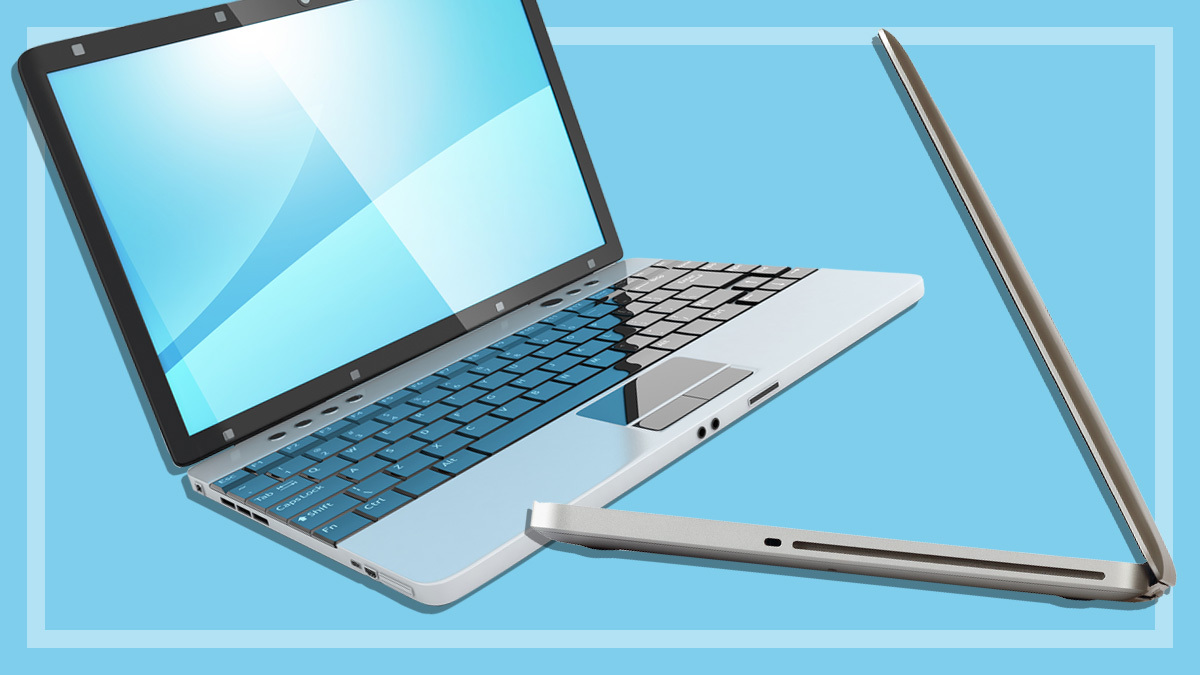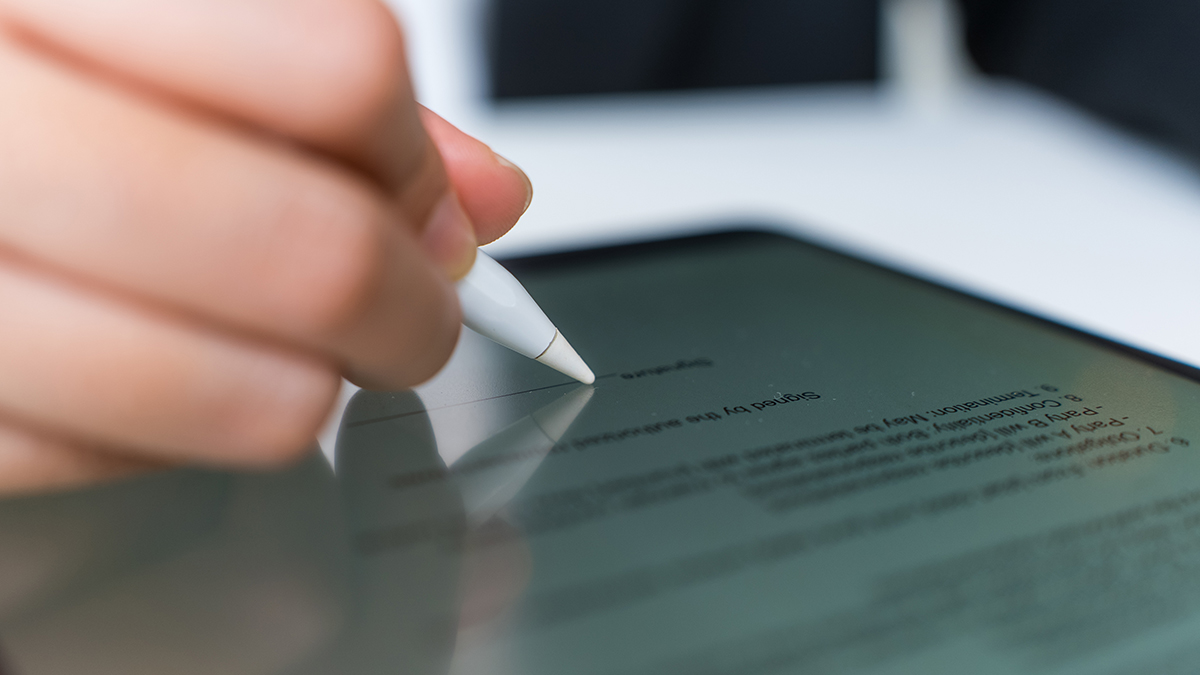How to save for your kids’ education
Putting away money for school fees – is it as easy as ABC?
Last updated: 19 Nov 2020
Need to know
- Starting your savings journey early is key
- Savings accounts, paying off the mortgage and investments – there are many ways to save
- 10 savings tips to help with school fees
All parents know that school and university fees can be expensive. But saving for your kids’ education doesn’t have to drain the bank account.
The trick is to start saving early and to look at your options. Read on to kickstart your savings.
How much are school fees going to cost?
Estimate how much you’ll need based on how old your kids are, whether you want to send them to a private or government school, and if you’re saving for their primary, secondary or tertiary education – or all three.
Primary school fees will cost less than high school and university fees, and there’s a wide range of fees charged by types of private schools.
It’s also worth considering other costs like childcare fees and paying off debts like credit cards.
Start saving early for school and university fees
The best time to start saving is when your child is born or even earlier. If that’s not an option, then like any other long-term savings goal, the best time to start is now.
- Make a budget. Try the Moneysmart budget template to get started.
- Decide how much you can put aside each week.
- Increase the amount you put aside each year to account for inflation.
There are a few ways you can achieve your savings goals. It could be as simple as setting up a direct debit from your account and deducting a weekly amount into a high interest savings account.
You could also make lump-sum contributions a few times a year, such as your annual tax refund.
Savings options
Pay off your mortgage
Paying off your mortgage as quickly as possible saves you interest and frees up your cash. The interest saved on your mortgage, depending on your interest rate, is an after-tax return.
So that you have access to the money for school fees, you need a mortgage with:
- a redraw facility with low or no fees
- an offset account.
Although tempting, you have to be disciplined and can’t use the money for other expenses if you want to achieve your saving goals.
Investments
Investments such as insurance bonds, managed funds and shares can be a way to set money aside for your kids’ education.
But before you dive in, consider these points:
- How flexible is the investment?
- How long is your investment timeframe? If it’s close to the time you’ll need access to the funds, consider moving the money into a more accessible investment such as an online savings account.
- What are the costs, such as brokerage, entry and ongoing management fees?
- Get financial or tax advice. Setting up your investment strategy and considering franking credits and tax rates can be quite complex.
10 money-saving tips
- Talk to your kids about money, especially the difference between needs and wants. Not only will it make things easier when you have to say no, you’re also teaching them vital life skills. Check out Moneysmart for some helpful tips.
- If you want your kids to attend a private high school, consider sending them to your local public primary school to save money for their secondary and tertiary education.
- If possible, consider walking your kids to school instead of dropping them off by car. Apply for a concession card if your child uses public transport to get to school.
- Check out second-hand uniforms and textbooks. They’re usually available from the school office or from other parents with older children at the school. Also consider if cheap T-shirts from department stores match your school’s uniform colours.
- Make a list and compare prices before buying school supplies. Check out our money-saving school supply tips.
- Compare school laptops. Microsoft offers discounted prices for educational purposes, and some retailers offer education ‘bring your own device’ (BYOD) discounts for specific devices. Your school may also have some devices for loan. See how to find the best laptop for school for more information.
- Get school shoes during sales. Trainers (runners) can be an excellent option if the uniform policy allows them. See how to buy the best school shoes for our tips.
- Limit canteen lunches and pre-packaged snacks. Try cooking big batches of muffins, pastries and slices for the freezer, defrost overnight and match with a serving of fruit and vegie sticks with dip for a healthy school lunch option. To make sandwiches more interesting, use a variety of breads, including wholemeal, white, rye, rolls, wraps, pita, bagels, focaccia and rice cakes.
- Limit after-school activities and make sure you get a free try-out session before paying for the term.
- Use free ‘lite’ versions of educational apps before buying the full version. Check out our tips on what to look for in educational apps.
Related
Uta worked at CHOICE from 1998-2024, finishing as a senior content producer with the money and travel team.
You can find Uta on LinkedIn.
Uta worked at CHOICE from 1998-2024, finishing as a senior content producer with the money and travel team.
You can find Uta on LinkedIn.







